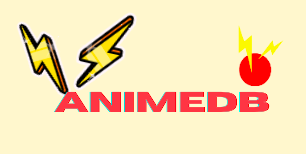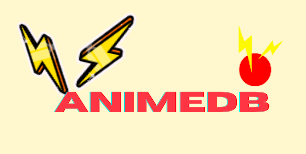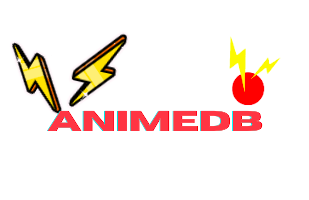Understanding Anime Terminology: A Comprehensive Guide to the Language of Otaku Culture
Anime, a vibrant and diverse form of entertainment originating from Japan, has developed its own unique lexicon that enriches the experience for enthusiasts and newcomers alike. Whether you’re delving into the world of mecha, navigating isekai adventures, or identifying with the term otaku, understanding anime terminology enhances your appreciation of this dynamic and multifaceted culture.
Otaku Culture: Embracing Passionate Fandom
1. Otaku (おたく/オタク):
- Definition: Originally a term for someone with obsessive interests, otaku now generally refers to enthusiastic fans of anime, manga, and related subcultures. It is worn with pride by those deeply passionate about their hobbies.
2. Weeaboo:
- Definition: While not a term exclusive to anime, a weeaboo is someone, often non-Japanese, who is excessively interested in Japanese culture to the point of being perceived as culturally insensitive or overly obsessed.
Anime Genres: Diverse Narratives for Every Taste
3. Isekai (異世界):
- Definition: Translated as “another world,” isekai refers to a subgenre where characters are transported to parallel or fantasy worlds. It often involves adventures, magic, and exploration.
4. Mecha (メカ):
- Definition: Short for mechanical, mecha anime features giant robots (mechs) piloted by humans. Common themes include war, futuristic technology, and the human-machine connection.
5. Shoujo (少女) and Shounen (少年):
- Definition: Shoujo is anime targeted at a female audience, characterized by romantic and emotional themes. Shounen, on the other hand, is aimed at a male audience and often features action-packed narratives.
6. Slice of Life:
- Definition: Anime depicting the everyday lives of characters, often without a central plot. Slice of life explores the mundane, providing a realistic and relatable viewing experience.
7. Josei (女性) and Seinen (青年):
- Definition: Josei targets adult women, featuring mature themes and character relationships. Seinen caters to adult men and often includes more complex narratives and darker themes.
Animation Styles: Artistic Expression in Motion
8. Chibi (ちび):
- Definition: Chibi refers to a style of character design where characters are drawn in a small, exaggerated, and cute form. It is commonly used in comedic or lighthearted scenes.
9. Moe (萌え):
- Definition: Moe refers to the emotional response or affection fans feel towards characters, often cute or endearing ones. It has also become a style characterized by cute, innocent-looking characters.
10. Ecchi (エッチ): – Definition: Anime with suggestive or erotic content that doesn’t reach explicit levels. It often includes fan service and is intended for a mature audience.
Industry Terms: Behind the Scenes of Anime Production
11. Manga (漫画): – Definition: Japanese comic books or graphic novels. Many anime series are adapted from manga.
12. Light Novel (ライトノベル): – Definition: Novels with manga-style illustrations, often targeting young adults. Many anime series, especially isekai, are adapted from light novels.
13. OVA (Original Video Animation): – Definition: Standalone anime episodes or series released directly to home video, bypassing television broadcast. OVAs can explore niche or experimental themes.
14. Filler Episodes: – Definition: Episodes created to fill gaps between major story arcs in the source material, such as manga. Fillers allow the source material to stay ahead of the anime adaptation.
Anime Communities and Events: Connecting Fans Worldwide
15. Cosplay (コスプレ): – Definition: Short for costume play, cosplay involves dressing up as characters from anime, manga, or video games. It’s a popular practice at anime conventions and events.
16. AMV (Anime Music Video): – Definition: Fan-created videos that set anime clips to music. AMVs showcase creative editing and are often shared on platforms like YouTube.
17. Conventions: – Definition: Events where anime enthusiasts gather to celebrate their passion. Anime conventions feature panels, screenings, cosplay competitions, and opportunities to meet creators.
Conclusion: Unlocking the Language of Anime
As you navigate the vast and enchanting world of anime, understanding its terminology enriches your experience and connects you with a global community of fans. From the expressive art styles to the diverse genres and cultural nuances, anime terminology serves as a gateway to a realm where creativity knows no bounds. So, whether you’re a seasoned otaku or a newcomer eager to explore, dive into the language of anime and embark on a journey filled with wonder, emotion, and endless possibilities.












What do you think?
Show comments / Leave a comment